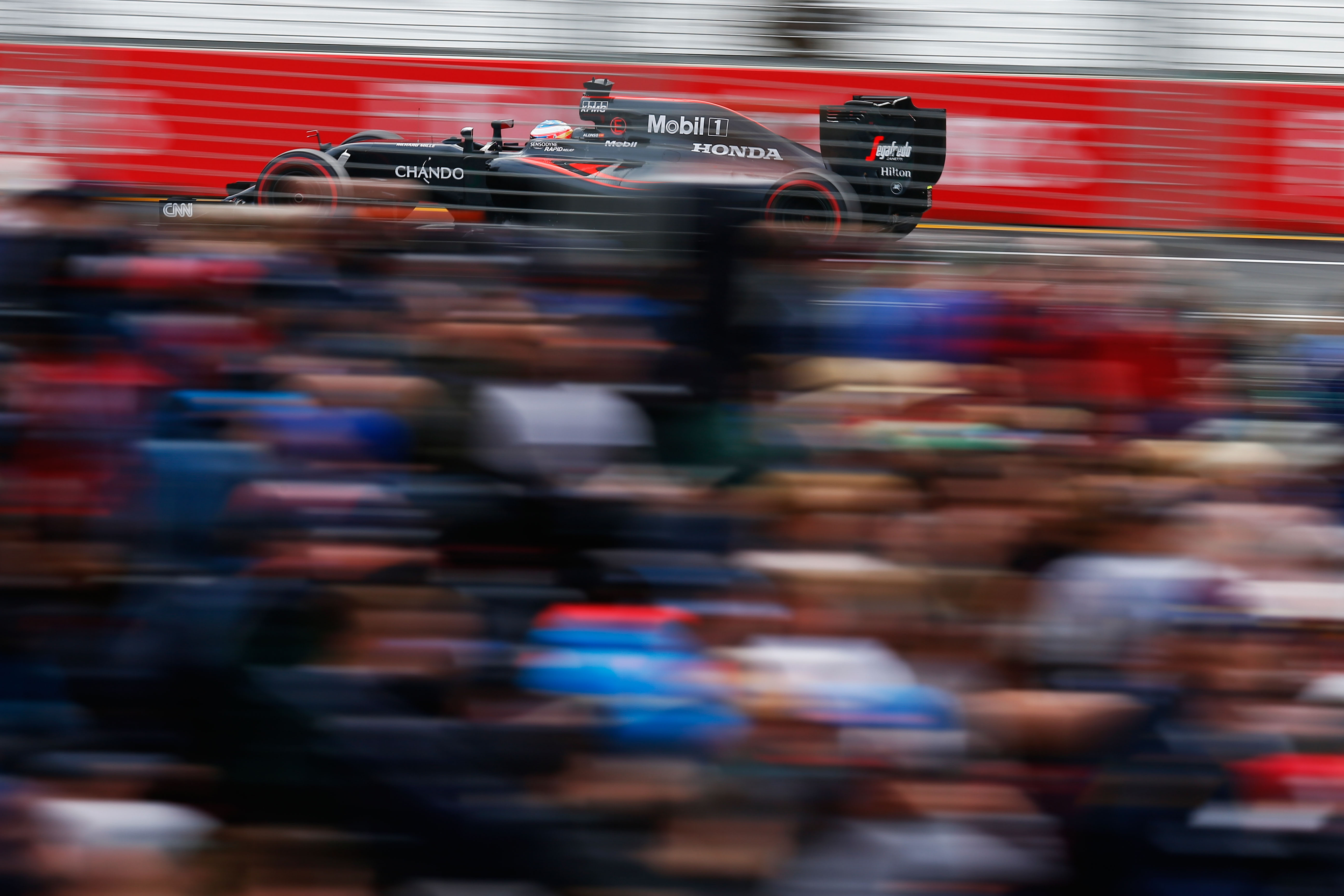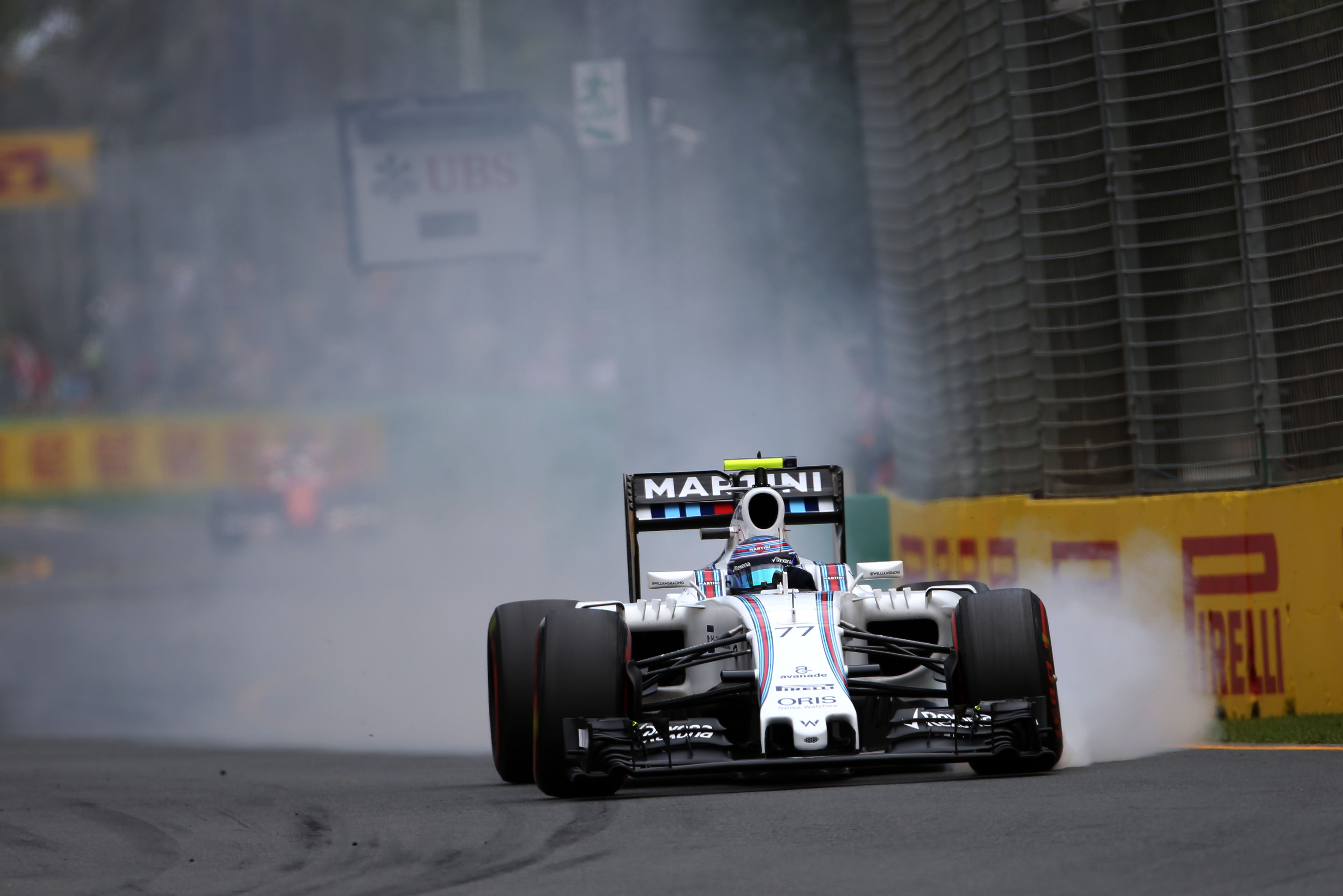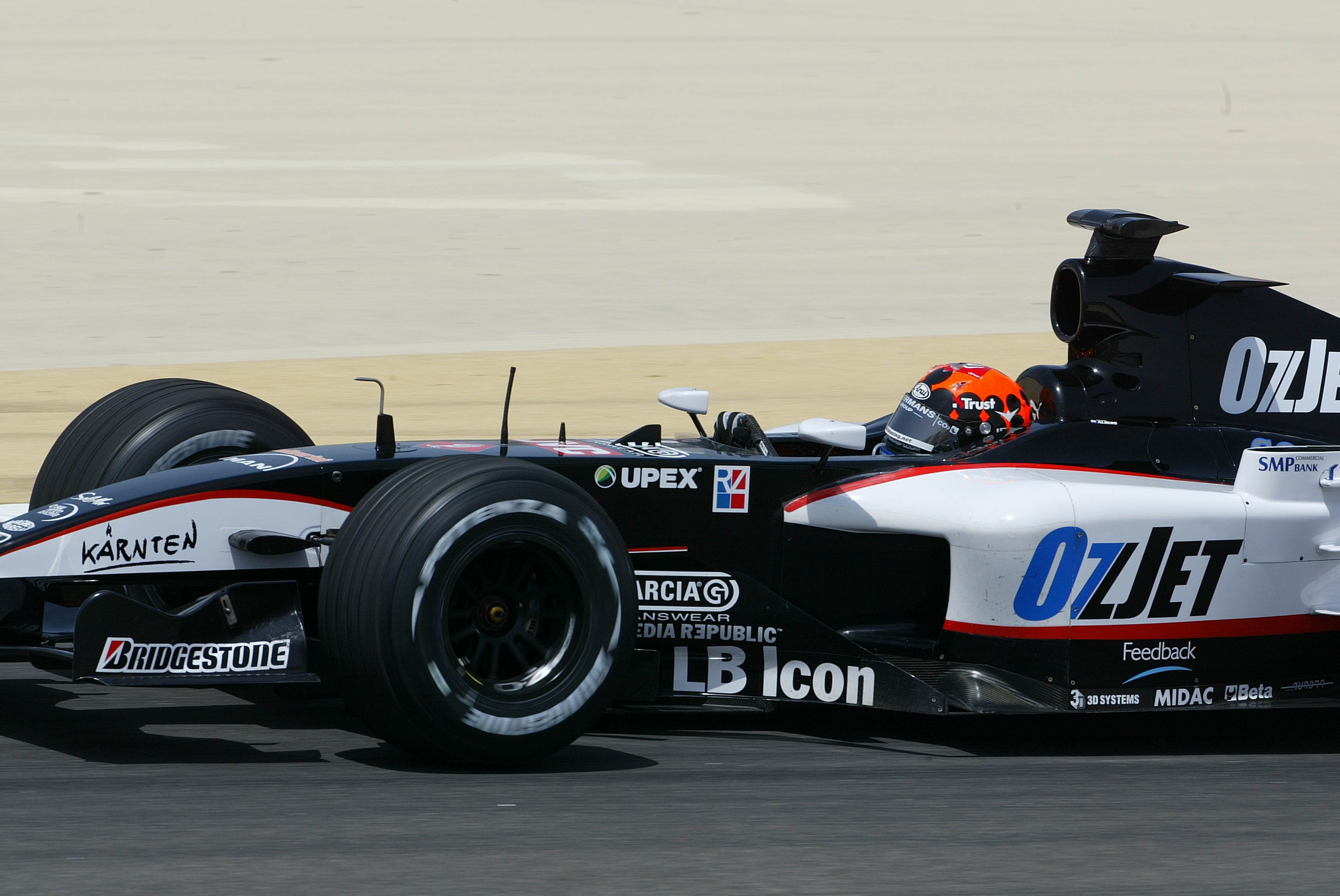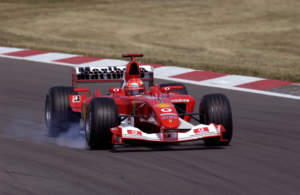Up Next

As our writers continue to pick their highlights of The Race’s 2021 content, Josh Suttill enjoys how the arrival of sprint qualifying in Formula 1 gave Matt Beer a chance to deploy one of Niki Lauda’s finest pieces of blunt truthfulness to describe a past F1 shambles.
It’s early 2016. Formula 1’s had two years of runaway Mercedes dominance to a background of complaints about the sound, complexity and expense of the hybrid rules, and little sign that the competitive picture has any chance of changing in the season ahead. Bernie Ecclestone starts what will turn out to be his last year in control raging that F1 is “the worst it has ever been” and not worth paying to watch.
A massive regulations shake-up bringing significantly faster cars for 2017 is the beacon of hope, but an impasse over the details of the rules is dragging on. Will they be 2s quicker or 6s quicker? Are they going to cause huge tyre problems and make overtaking much harder? The stalemate makes a delayed introduction feel ever more likely.
A lot is riding on a meeting of the F1 Commission and Strategy Group in Geneva during the winter testing weeks.
But instead of a breakthrough on the 2017 rules comes news of an immediate and totally unexpected qualifying format shake-up.
Though the broad Q1, Q2 and Q3 format would remain, after a set time in each session the slowest car would be eliminated every 90 seconds.
This, it soon emerged, was a compromise proposal voted through to fend off an Ecclestone idea best summarised as ‘time ballast’, under which qualifying would proceed as usual (“because it is good,” he helpfully made clear) then “if a guy is on pole and has won the last race, he gets so many seconds added to his time so he has to fight through the bloody pack to get in the lead, which he would do in the end”.
It was, as usual, hard to tell the degree to which Ecclestone firmly believed in this idea and to which it was a deliberately ludicrous decoy designed to spook the teams into backing a less dramatic kind of change.
Regardless, it was a touch ironic that it was the teams that Ecclestone described as “completely mad” on the grounds that they were reluctant to embrace this change. He threw in some ire at F1’s increasingly democratic rulemaking set-up for good measure, too.
Teams set off for the Melbourne opener fairly convinced that F1 had just swapped its definitely-not-actually-broken qualifying system for a version that sacrificed all the crescendo-building tension for the hope of an occasional upset
Even more ironically given what’s unfolded in 2021, before time ballast and knockout qualifying there had reportedly been some discussion of the grid being set by a one-hour sprint race on a Saturday…
Initially, the outrage was more over the timing of the change – agreed under a month before the season-opener – and the shambolic lack of specific detail on how it would work.
That shambles only deepened as first Ecclestone declared its introduction would be postponed until the Spanish Grand Prix in May because the required software couldn’t be readied in time, then that concern quietly vanished, and a compromise of only using the knockout format for Q1 and Q2 was briefly floated as a way of appeasing the growing number of disgruntled and sceptical voices in the paddock.

The dominant feeling from drivers was the bemusement of what would be gained from this change. As a thought experiment, it was an interesting concept worth discussing.
Those discussions should then have swiftly concluded that because the Pirelli tyres only offered a single lap of peak qualifying grip, F1 cars would not be running incessantly through a qualifying segment and would need to be pitting for fresh tyres with in/out-laps too.
So obviously the 90 seconds between eliminations would allow no time for the driver on the bubble to respond unless they happened to already be on a fresh-tyred flying lap.
Teams would probably just commit to laps as early as possible and then those in danger of elimination would just have to watch themselves get knocked out because the format didn’t allow them a realistic chance of responding. A plan to conduct a live trial of the format during Barcelona testing could have demonstrated that in reality too.
The concerns weren’t heeded. The live trial never took place. The World Motor Sport Council ratified the change, sporting regulations were adjusted and teams set off for the Melbourne opener fairly convinced that F1 had just swapped its definitely-not-actually-broken qualifying system for a version that sacrificed all the crescendo-building tension for the hope of an occasional upset caused by a top driver hitting trouble and tripping over an elimination cut-off time.
Somehow the reality proved even worse. Q1 featured a mildly entertaining scramble and the upset of Daniil Kvyat’s Red Bull ending up 18th. Q2 was slightly flatter, Valtteri Bottas’s Williams knocked out in 11th its main surprise.

Q3 was a miserable farce in which eight of the 10 cars sat in the garages after their first runs and were steadily eliminated, only the two Mercedes bothered with second runs and the final 2m30s featured zero cars on track.
Lewis Hamilton’s pole was sealed not in the usual manner of crossing the line after the chequered flag following a blistering last-gasp, on-the-limit lap, but by the clock hitting zero while he was already getting a lift to the press conference room.
Amid swathes of criticism from most corners of the paddock, Niki Lauda’s summary of it all as “the biggest nonsense I have ever seen” and “like digging in the toilet” was sufficient.
That opinion wasn’t quite universal. Renault driver Jolyon Palmer suggested that in his position as a borderline Q1/Q2 battler, it had been thoroughly entertaining – while accepting that Q3 had been terrible. Force India deputy team principal Bob Fernley argued that dropping it immediately without letting it play out further to see if it created circumstances that spiced up race days would be as blunt a kneejerk as imposing the idea in the first place.
Despite initial indications that the format would be swiftly binned, Fernley’s position was the one agreed on by the majority. So, to the underwhelmed bemusement of most drivers and the outrage of most fans, knockout qualifying had a second outing at the subsequent Bahrain GP…
…where it wasn’t any better.
Another impasse ensued, with the FIA and FOM indicating that if this system was dumped then the replacement had to be another new idea rather than a return to the 2015 version of qualifying.

The idea of a hybrid format where Q1 and Q2 were knockout and Q3 was back to its old style got another airing. A revised version of the aggregate system that had been ditched mid-season in 2005 briefly became favourite for no fathomable reason to anyone outside the conversations about it. That variant would’ve featured drivers having to set two laps and the combined time taken to set the grid.
More votes were planned. But then F1 democracy took a different route and the 11 teams united to send a letter to the FIA and Ecclestone that made clear reverting to the 2015 system was the only outcome they’d consider.
They got their wish, on the proviso that a wider qualifying change would be discussed again for 2017.
By the time the 2017 season started, F1’s power balance and governance system were changing shape radically. The Ecclestone era was over, the Liberty Media era was underway. Format revolutions were firmly on the agenda, but they’d come to fruition in deliberately limited trial form.
There’s plenty of scepticism about what awaits us with the inaugural sprint race. But teams have had more than a few weeks’ notice. Even the format’s critics broadly feel it just risks being a bit underwhelming rather than a dead-cert embarrassingly abysmal spectacle. It’s utterly clear that it’s a trial to be evaluated, rather than it being written into season-long F1 law from the outset.
In all those respects, the sprint qualifying format already has a huge headstart on the dismal failure F1 reversed itself into at the start of 2016.








